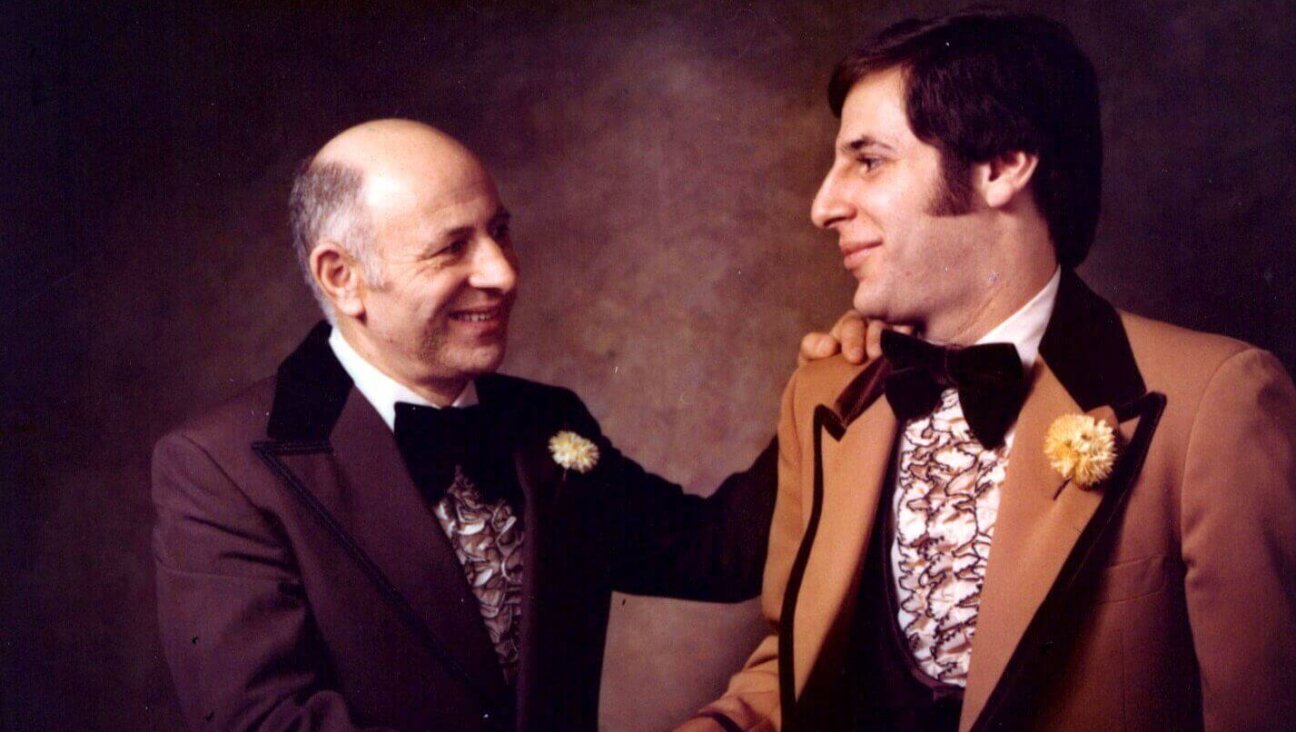Kibbitzing Characters
‘Sphinx, how marvelous of you to know exactly the right hat to wear at 7 o’clock in the morning to meet a friend who has been away!” Oscar Wilde professed to ally Ada Leverson — using his familiar endearment — following his 1897 release from Reading Gaol. Two years’ hard labor served for the crime of sodomy had extinguished neither Wilde’s wit nor his friendship with Leverson.
Wilde and Leverson met five years earlier at her London salon, known for its witty banter and creative collaborations. Leverson’s South Kensington drawing room — hub of the British Aesthetic Movement — drew not only Wilde and his lover, Lord Alfred “Bosie” Douglas, but also Aubrey Beardsley, Max Beerbohm, John Singer Sargent and Frank Harris, among others. Propelled partly by Wilde’s encouragement, Leverson (née Beddington) became a woman of letters whose satire found its way into The Yellow Book and into Punch, which published “The Minx: A Poem in Prose,” Leverson’s rejoinder to Wilde’s “The Sphinx.”
This synergy of intellect, repartee and talent was by no means restricted to Leverson’s home, London or the Belle Epoch. The Power of Conversation: Jewish Women and Their Salons, opening March 4 at the Jewish Museum in New York, explores 14 salons presided over by women mostly unknown today, despite former notoriety and influence. Until now.
“Power of Conversation” curators Emily Braun and Emily Bilski present these salons with a compelling blend of well-honed storytelling, extensive research, apparent admiration and historical analysis. The curators culled nearly 200 artworks, letters, scores, plays and other material culture from collections around the globe for the exhibit, enlivened by an audio component in which actors give voice to the conversations and witticisms around which salon life revolved. The 280-page, heavily illustrated catalog, published by the Jewish Museum and by Yale University, includes contributions by Leon Botstein, Shira Brisman (who coordinated the exhibit), Barbara Hahn and Lucia Re.
“The salon served as their university,” Braun said in an interview with the Forward. “Having to hold their own as intellectuals, or show off their intelligence in a weekly salon among educated men, forced them to learn, prepare, drill, self-educate.”
The best-known salonière, modernism doyenne Gertrude Stein, is touched upon first, but fleetingly; wall text explains that this is to “emphasize that she was but one in a long line of Jewish salonières.” This line begins with Henriette Herz and Rahel Levin Varnhagen in late 18th-century Berlin, where Enlightenment and Haskalah sentiments helped blur the boundaries of acceptable social intercourse. “The Jewishness of these women was subsumed by their status as women of ideas and by their membership in the salon community, which aimed at dissolving restrictions of any group identity in favor of individuality and pluralism,” Bilski and Braun wrote.
German culture was atypically receptive to literary women like Levin Varnhagen, who left an epistolary trail of thousands of letters (including exchanges with Heinrich Heine) and posthumously inspired Hannah Arendt to write a biography. (Herz and Varnhagen both converted to Protestantism.)
Because of their gender and their Judaism, these women found few welcoming paths to the public sphere, despite the aristocratic, assimilated backgrounds most of them shared. Each, however, found an antidote to exclusion within the confines of her domestic domain. “The salon brought elements of the mainstream to them,” Braun said. “Preparing for a salon prompted or inspired them to devote time to their talents. Why would they perform or paint or compose or write if they had no audience? The salon was their audience — and made up of esteemed professionals.”
Salonière Fanny Hensel (née Mendelssohn) shared the talents of her brother, Felix, yet found little support for pursuing her passion professionally. Her father entreated, “You must shape yourself more seriously and diligently for… the only profession of a girl, that of a housewife.” A dutiful daughter, Fanny turned her attention to the home, where she orchestrated one of Berlin’s premier music houses and performed her compositions for audiences constituting hundreds.
Women had few means to influence policy, outside of philanthropy, religious groups and, eventually, suffragette organizations. Salons gave women, Braun said, “direct contact with men who could vote and, in many salons, direct contact with elected officials, party ministers, lobbyists, etc. They could forge deal making and concessions among diverse constituencies.”
A case in point is Russian-born radical Anna Kuliscioff (née Anja Moiseevna Rozenstein), who had a medical degree and a prison record by the time she re-envisioned the Italian Socialist Party at her Milan salon with partner Filippo Turati. When not playing politics or host, Kuliscioff paid doctor’s visits to poor women and children. She continued the visits until arthritis restrained her. Across town, impresario/critic Margherita Sarfatti — Benito Mussolini’s longtime lover — shaped the contours of nascent Fascism while promoting art as a revolutionizing force.
Awhirl with the dynamism of ideas in the days before mass media, salons provided cultural conduits in which conversation shaped the day’s issues, philosophies and creative output — political, artistic or literary — according to the intellectual tastes, talents and agendas of the salonière. They were, as Bilski and Braun note, “among the first institutions of modern culture.”
“The Power of Conversation” is at the Jewish Museum March 4-July 10, and at Boston College’s McMullen Museum of Art August 22-December 4. The eponymous catalog is available nationally.
A message from our CEO & publisher Rachel Fishman Feddersen

I hope you appreciated this article. Before you go, I’d like to ask you to please support the Forward’s award-winning, nonprofit journalism during this critical time.
At a time when other newsrooms are closing or cutting back, the Forward has removed its paywall and invested additional resources to report on the ground from Israel and around the U.S. on the impact of the war, rising antisemitism and polarized discourse.
Readers like you make it all possible. Support our work by becoming a Forward Member and connect with our journalism and your community.
— Rachel Fishman Feddersen, Publisher and CEO





















